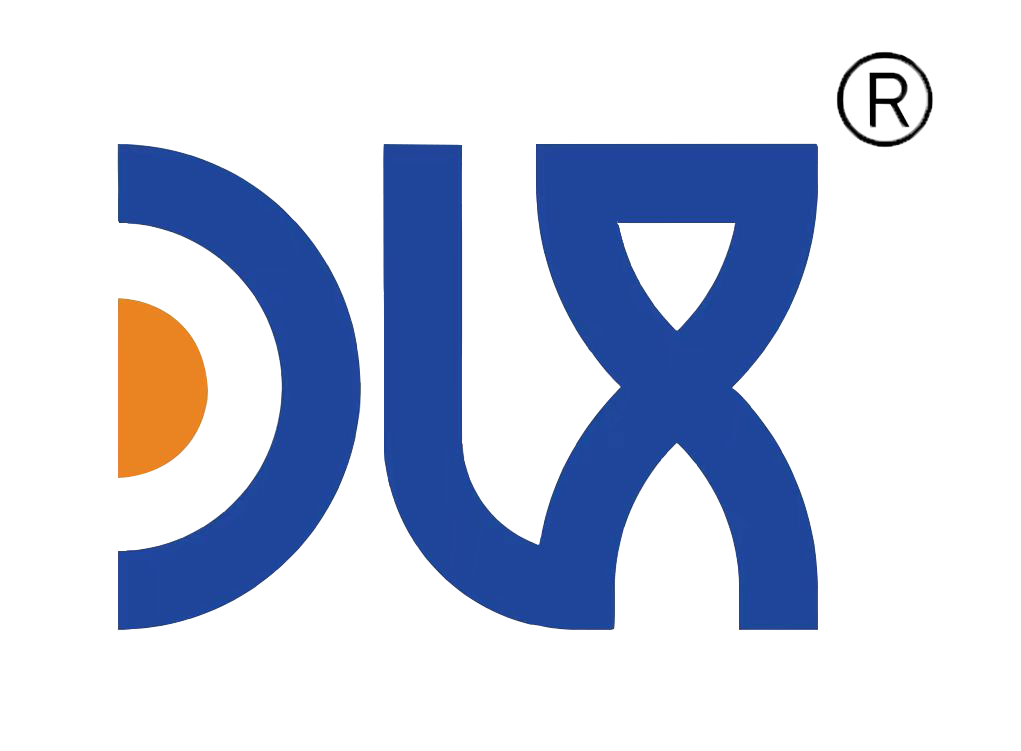
0Cr19Al3 is a ferritic Fe-Cr-Al (iron-chromium-aluminum) alloy widely used in electric heating equipment that requires long-term performance under high temperatures. The main components—approximately 19% chromium and 3% aluminum—form a dense, adherent oxide layer when exposed to air at elevated temperatures. This oxide film gives the alloy excellent oxidation resistance and prevents rapid scaling or material degradation.
The ferritic structure ensures good magnetic properties, stable resistivity, and superior dimensional stability during repeated heating and cooling cycles. Compared with nickel-based alloys, 0Cr19Al3 provides a cost-effective solution for temperatures up to 1250°C, making it an ideal material for heating rods, furnace elements, and industrial heaters. Its mechanical strength, corrosion resistance, and consistent electrical properties make it a preferred choice for both industrial and household heating systems.
For more details, pls directly contact us
-
Electric heating elements: Used for electric furnaces, air heaters, and industrial ovens.
-
Heat treatment furnaces: Suitable for structural rods, support parts, and heating bars exposed to long cycles.
-
Household heating devices: Applied in ovens, toasters, and electric ranges requiring oxidation-resistant alloys.
-
Industrial dryers and kilns: Withstands harsh oxidizing environments in continuous operation.
-
Chemical and metallurgical industries: Works well in corrosive and high-temperature process lines.
|
Alloy Nomenclature Performance |
1Cr13Al4 |
0Cr21Al6 |
0Cr23Al5 |
0Cr27Al7Mo2 |
||||
|
Chemical Compostion (%) |
Cr |
12.0-15.0 |
23.0-26.0 |
19.0-22.0 |
20.5-23.5 |
18.0-21.0 |
21.0-23.0 |
26.5-27.8 |
|
Al |
4.0-6.0 |
4.5-6.5 |
5.0-7.0 |
4.2-5.3 |
3.0-4.2 |
5.0-7.0 |
6.0-7.0 |
|
|
Re |
Opportune |
Opportune |
Opportune |
Opportune |
Opportune |
Opportune |
Opportune |
|
|
Fe |
Rest |
Rest |
Rest |
Rest |
Rest |
Rest |
Rest |
|
|
-- |
-- |
-- |
-- |
-- |
-- |
-- |
||
|
Max.Continuous service temp. of element |
950 |
1250 |
1250 |
1250 |
1100 |
1350 |
1400 |
|
|
Resistivity at 20C(μΩ.m) |
1.25 |
1.42 |
1.42 |
1.35 |
1.23 |
1.45 |
1.53 |
|
|
Density(g/cm) |
7.4 |
7.1 |
7.16 |
7.25 |
7.35 |
7.1 |
7.1 |
|
|
Thermal Conductivity(KJ/m.h) |
52.7 |
46.1 |
63.2 |
60.2 |
46.9 |
46.1 |
-- |
|
|
Coefficient of lines expansion(αx10-6/℃) |
15.4 |
16 |
14.7 |
15 |
13.5 |
16 |
16 |
|
|
Melting Point Approx(degree) |
1450 |
1500 |
1500 |
1500 |
1500 |
1510 |
1520 |
|
|
Tensile Strength(N/mm) |
580-680 |
630-780 |
630-780 |
630-780 |
600-700 |
650-800 |
680-830 |
|
|
Elongation at rupture(%) |
>16 |
>12 |
>12 |
>12 |
>12 |
>12 |
>10 |
|
|
Variation of area(%) |
65-75 |
60-75 |
65-75 |
65-75 |
65-75 |
65-75 |
65-75 |
|
|
Repeat Bending frequency(F/R) |
>5 |
>5 |
>5 |
>5 |
>5 |
>5 |
>5 |
|
|
Hardness(H.B.) |
200-260 |
200-260 |
200-260 |
200-260 |
200-260 |
200-260 |
200-260 |
|
|
continuous service time(Hours/ ºC) |
-- |
≥80/1300 |
≥80/1300 |
≥80/1300 |
≥80/1250 |
≥80/1350 |
≥80/1350 |
|
|
Micrographic structure |
Ferrite |
Ferrite |
Ferrite |
Ferrite |
Ferrite |
Ferrite |
Ferrite |
|
|
Magnetic properties |
Magnetic |
Magnetic |
Magnetic |
Magnetic |
Magnetic |
Magnetic |
Magnetic |
|
|
Shape |
Size (mm) |
|
Wire |
0.05-7.5 |
|
Rod |
8-50 |
|
Ribbon |
(0.05-0.35)*(0.5-6.0) |
|
Strip |
(0.5-2.5)*(5-180) |
For more details, pls directly contact us
The demand for oxidation-resistant heating alloys like 0Cr19Al3 has surged due to the global shift toward energy-efficient and electric-based heating systems. Traditional carbon steel or low-alloy steels cannot withstand the extreme conditions of modern heating equipment. As a result, FeCrAl alloys are becoming the material of choice for industrial furnaces, chemical processing, and environmental systems such as air purification or catalytic converters.
The development trend is clear—manufacturers are focusing on longer service life, stable resistivity, and reduced material loss under thermal cycling. DLX Alloy has refined the melting and processing technology of 0Cr19Al3 rods to improve purity, reduce grain boundary oxidation, and enhance uniformity in high-temperature performance. This advancement helps clients achieve more consistent heating efficiency and lower operational costs in large-scale production environments.
Comparison Table
| Property | 0Cr19Al3 | 0Cr21Al4 | 0Cr15Al5 | 1Cr13Al4 |
|---|---|---|---|---|
| Main Elements | Fe-Cr-Al (19Cr, 3Al) | Fe-Cr-Al (21Cr, 4Al) | Fe-Cr-Al (15Cr, 5Al) | Fe-Cr-Al (13Cr, 4Al) |
| Max Operating Temp (°C) | 1250 | 1350 | 1200 | 1100 |
| Oxidation Resistance | Excellent | Superior | Very Good | Good |
| Corrosion Resistance | Excellent | Excellent | High | Moderate |
| Electrical Resistivity (μΩ·m) | 1.35 | 1.40 | 1.30 | 1.25 |
| Magnetic Properties | Ferritic | Ferritic | Ferritic | Ferritic |
| Thermal Expansion | Low | Low | Moderate | Moderate |
| Service Life | Long | Very Long | Long | Moderate |
DLX Company Advantage
DLX Alloy has dedicated years of research and production expertise to mastering FeCrAl materials like 0Cr19Al3. Our production facility uses vacuum melting and intermediate frequency furnaces to ensure precise composition control and eliminate impurities. Every batch undergoes rigorous chemical composition analysis, tensile testing, and oxidation resistance evaluation before shipment.
Unlike general steel suppliers, DLX focuses on application-driven customization. We provide rods and bars in various diameters, surface finishes, and resistivity ranges tailored for furnace, electrical, and heating equipment manufacturers. Our in-house laboratory continuously monitors product performance under simulated thermal cycles to guarantee stable resistivity and mechanical reliability during prolonged use.
Furthermore, DLX maintains strong relationships with industrial clients across Asia, Europe, and North America. Through these partnerships, we’ve developed a practical understanding of how 0Cr19Al3 performs in real-world environments—allowing us to deliver materials optimized for efficiency, stability, and cost control.
Article: The Role of 0Cr19Al3 Alloy in Modern Electric Heating Systems
Electric heating technology has evolved dramatically in recent decades, and with it, the materials that make up the core of these systems have become more advanced. One of the key alloys leading this transformation is 0Cr19Al3—a ferritic FeCrAl material recognized for its combination of durability, oxidation resistance, and cost-efficiency.
In traditional heating systems, maintaining performance at high temperatures was often challenging due to scaling and material fatigue. 0Cr19Al3 overcomes this limitation through its unique chromium-aluminum composition, forming a protective alumina film that resists oxidation even after thousands of heating cycles. This protective barrier prevents metal loss, ensuring the rod maintains a stable resistance value throughout its service life.
At DLX Alloy, we see increasing demand from manufacturers developing electric furnaces, thermal control systems, and industrial heaters. The push for greener energy solutions and electric conversion in heavy industries is creating a larger market for FeCrAl alloys. Our 0Cr19Al3 products have become a dependable choice due to their consistent performance, customized specifications, and competitive pricing.
Another emerging application lies in automotive and environmental technology—such as catalytic converters and air heaters for emission control systems—where consistent heat output and oxidation resistance are vital. The combination of stability, high melting point, and electrical efficiency makes 0Cr19Al3 an optimal solution for such integrated systems.
Compared to austenitic or nickel-based materials, 0Cr19Al3 offers distinct advantages in thermal stability, oxidation resistance, and affordability. It performs exceptionally in environments where temperatures fluctuate between 800°C and 1250°C, while maintaining mechanical integrity. DLX’s production approach enhances these inherent benefits through precise metallurgical control, achieving uniform grain size and improved toughness.
The future of heating alloys will likely emphasize energy savings and longer service cycles. DLX Alloy continues to invest in R&D to optimize heat-resistant alloys like 0Cr19Al3 for modern industrial needs. By ensuring excellent purity, reliable performance, and technical support, DLX empowers manufacturers to build safer, more efficient, and longer-lasting heating systems.
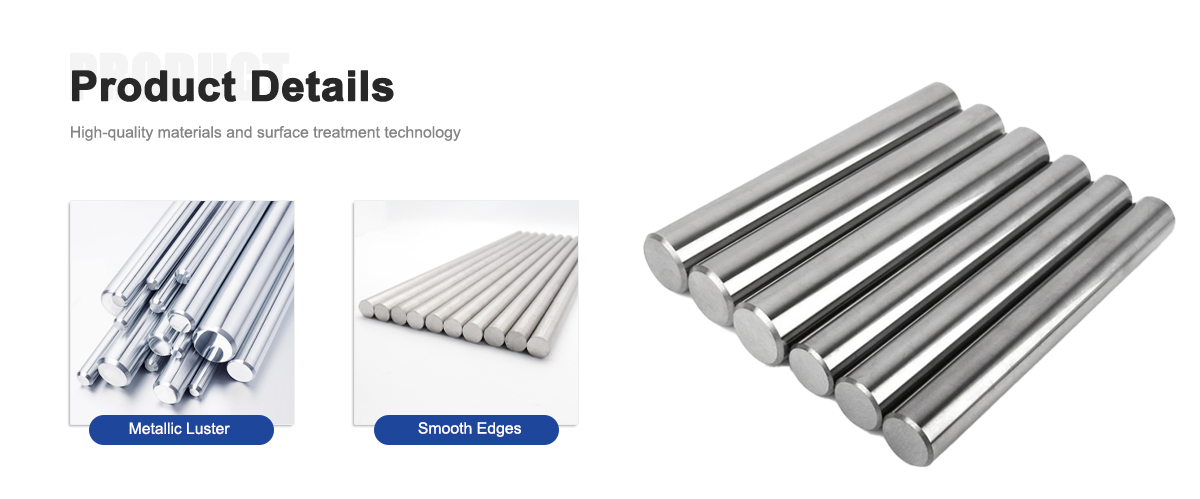
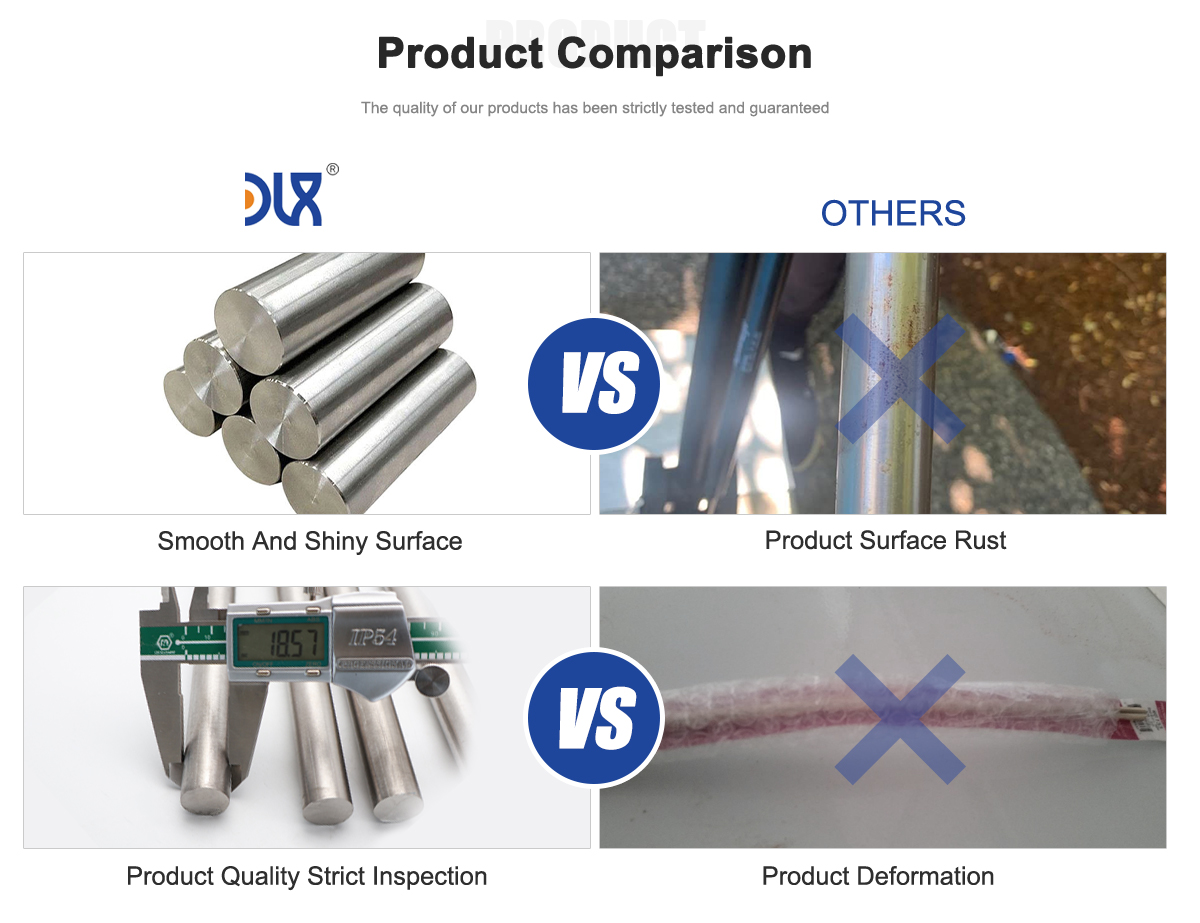
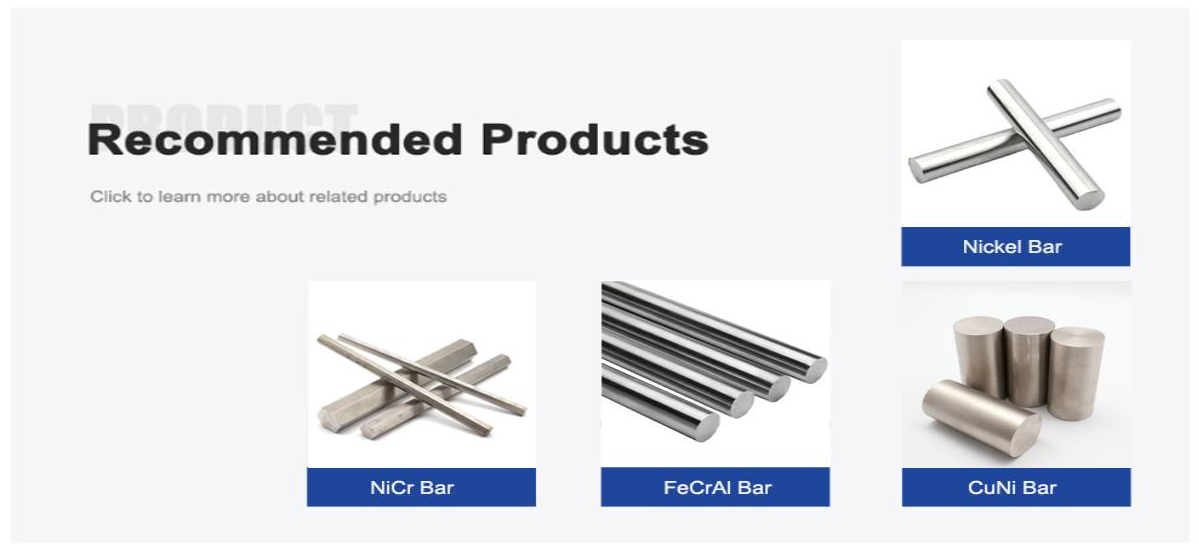
About Us:
Our 12,000㎡ factory is equipped with complete capabilities for research, production, testing, and packaging. We strictly adhere to ISO 9001 standards in our production processes, with an annual output of 1,200 tons. This ensures that we meet both quantity and quality demands. Furthermore, all products undergo rigorous simulated environment testing including high temperature, high pressure, and corrosion tests before being dispatched, ensuring they meet customer specifications.For all our clients, we offer timely and multilingual after-sales support and technical consulting, helping you resolve any issues swiftly and efficiently.
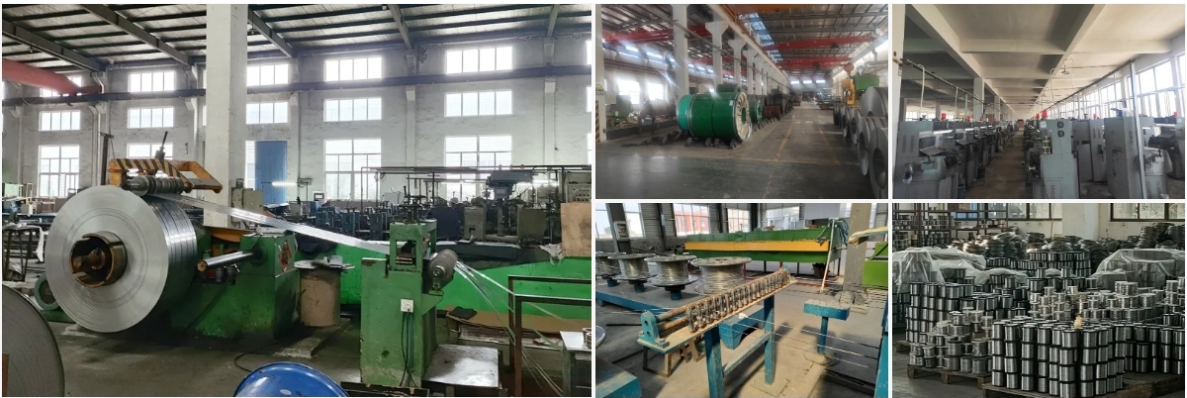
Client Visits
Building Stronger Partnerships
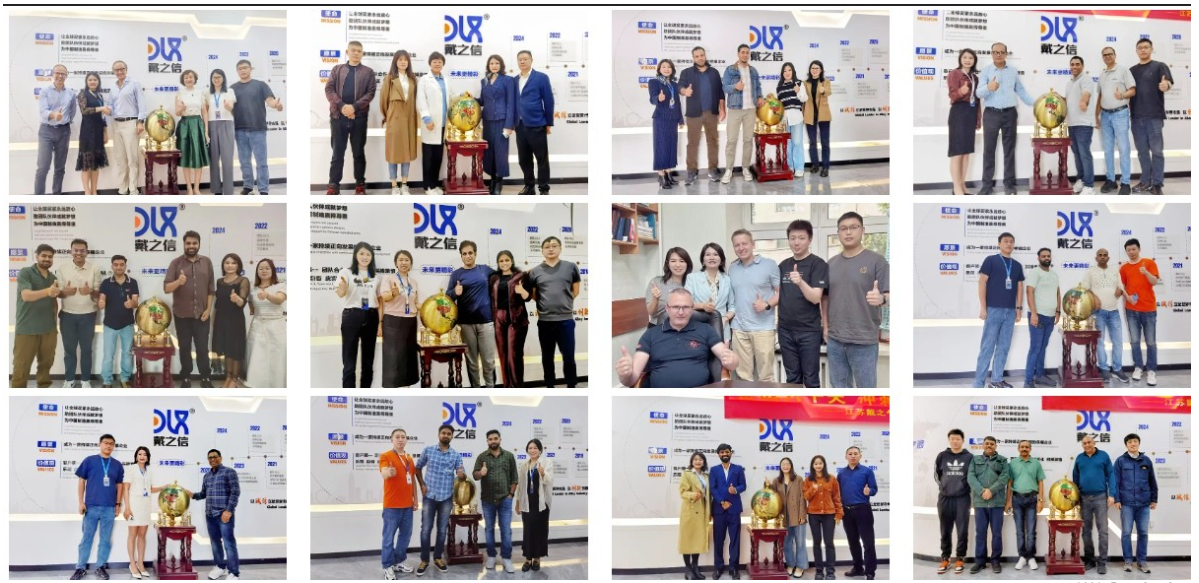
We support all kinds of testing:
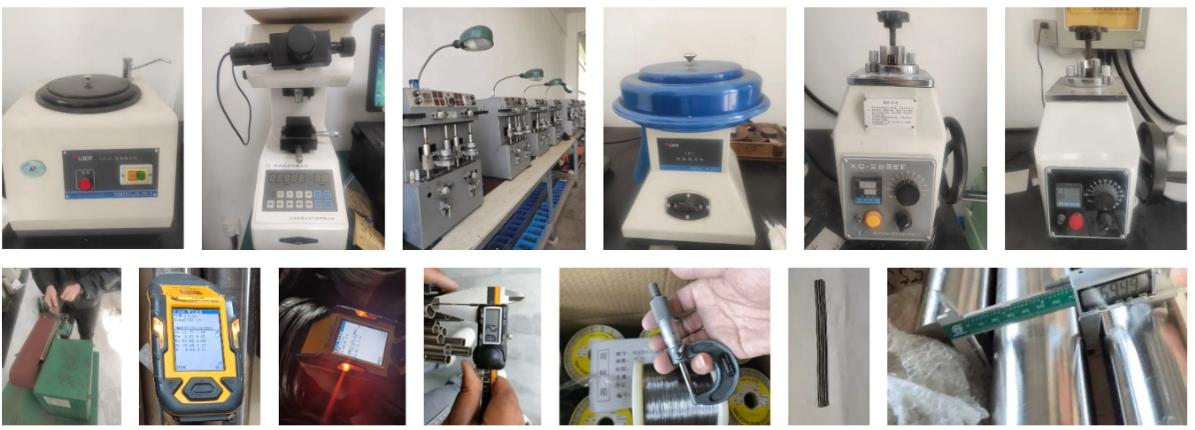
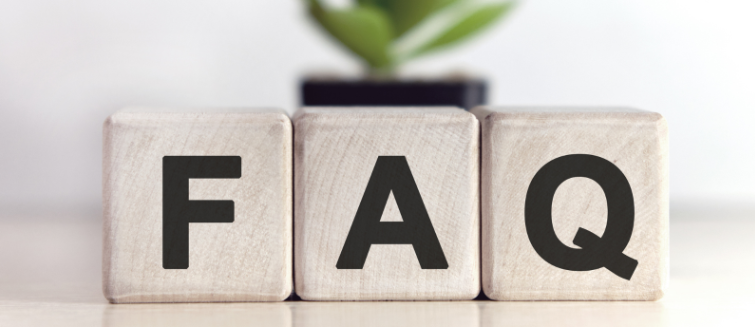
FAQs
1. What is the main advantage of using 0Cr19Al3 alloy rods in electric heating equipment?
They provide excellent oxidation resistance and stable electrical performance at high temperatures, ensuring long service life.
2. How high can 0Cr19Al3 operate continuously?
It can operate effectively up to 1250°C without significant scaling or deformation.
3. Is the material magnetic?
Yes, it has a ferritic structure, making it magnetic.
4. Can DLX customize alloy rod sizes for specific applications?
Yes. DLX offers custom diameters, surface treatments, and mechanical properties to fit various industrial needs.
5. How does 0Cr19Al3 compare to nickel-based alloys?
It offers similar oxidation resistance with much better cost efficiency and lower density.
6. What are the typical industrial applications for this alloy?
It’s widely used in electric furnaces, heating rods, drying equipment, and metallurgical systems.
7. Why is the oxide layer important?
The Cr-Al oxide film protects the material from corrosion and scaling during repeated heating cycles.
8. What ensures DLX Alloy’s product quality?
DLX maintains strict control over melting, testing, and processing to ensure consistency and performance stability across every batch.
